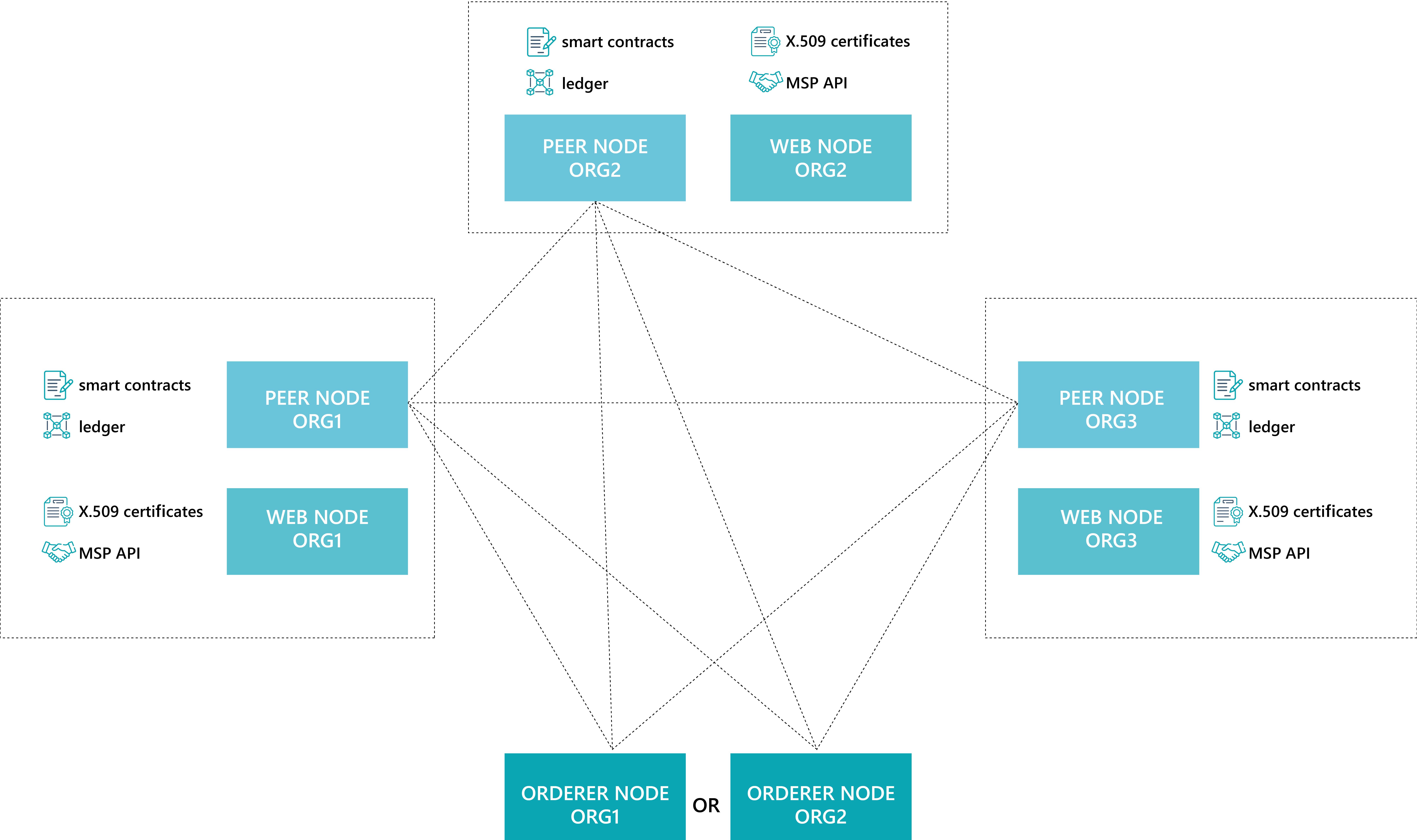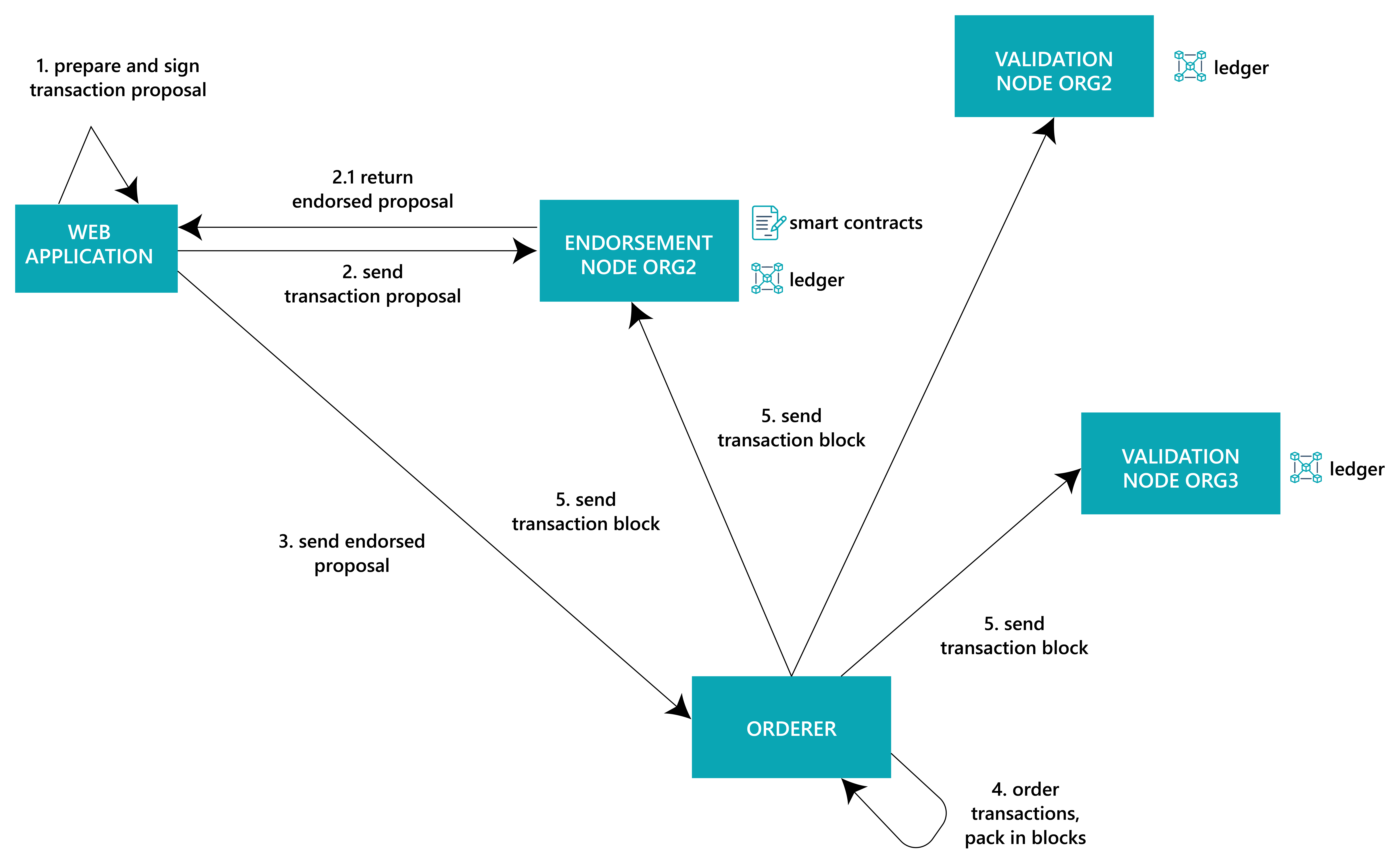TECHNOLOGY AND STANDARDS
- Digital Signature.
- Hashing Algorithms.
- Global Identification.
- QR code.
- Blockchain
- PKI
1. BLOCKCHAIN
- Hyper-ledger Fabric is the underlying distributed ledger technology (DLT).
- Smart contracts representing the trusted distributed chaincodes.
- Crash Fault Tolerant (CFT) consensus protocol based on RAFT
2. PRIVACY AND CONFIDENTIALITY
- Advanced cryptography for data confidentiality.
- Cryptographic Hash Algorithms for data integrity and chaining process.
- Secure and private channel architecture allowing every member to have visibility to a particular set of transactions and chaincodes, preserving the privacy and confidentiality of both.
- Distributed ledgers configured to support a variety of DBMSs.
3. AUTHENTICATION AND ACCESS CONTROL
- Public Key Infrastructure (PKI).
- Membership Service Provider (MSP) to provide distributed Certificate Authority (CA) service.
STANDARDS
- X.800
- Self-Sovereign Identity (SSI)
- Verifiable Credentials Data Models v1.1.
- Zero Knowledge Proof (ZKP).
BlockChain Network Infrastructure
Transaction Flow
Endorse-Order-Execute Steps
- Trusted parties send transaction proposals to the blockchain network (sign the proposals using their identities - X.509 certificates)
- Endorsing peers endorse the proposal using the deployed smart contracts
- The endorses proposals are sent to the Orderer node(s) for ordering and packaging of the transactions into blocks
- Orderer broadcasts the blocks to the validation nodes that perform final validation and commit into their ledger


